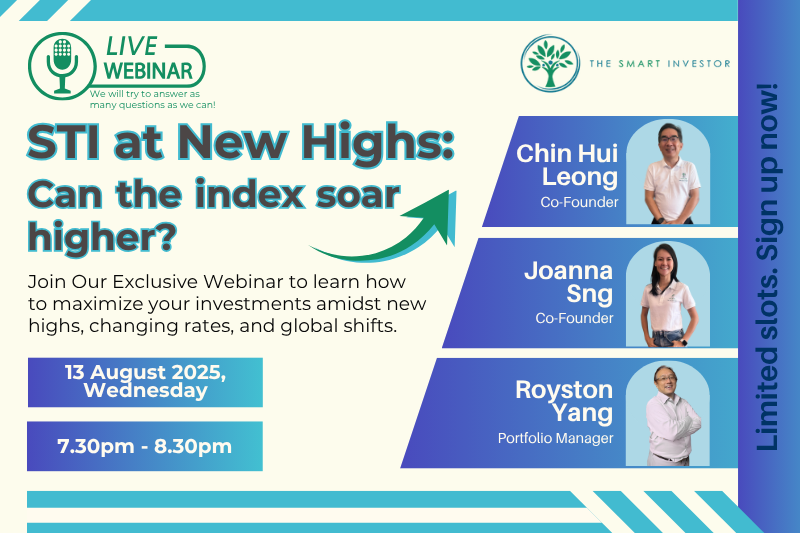The market has been obsessed with what the Federal Reserve might or might not do with interest rates. Inordinate amount of time has been spent arguing about whether J Powell and his band of interest-rate setters will raise them by 50 basis points or 75 basis points. And what is it about those “dot plots” that commentators are fixated over? It is enough to do anyone’s head in.
Don’t get me wrong – of course, interest rates are important. They can have a profound impact on our daily lives. For savers, it could mean a better return on cash that they have in the bank. For mortgage borrowers, it could impact the amount of disposable income that they have left over after higher repayments are factored in. That in turn could impact consumer spending.
Interest rates could also affect risk assets. Rising interest rates can act like gravity on share prices. So, interest rates are important. But whilst we are spending time fretting over interest rates, we mustn’t forget another important tool that the Fed has in its armoury to fight inflation, namely, quantitative tightening or QT. J Powell alluded to that in his Jackson Hole speech. He said the Fed will use “its tools” forcefully to bring demand and supply into better balance.
Quantitative Tightening is the polar opposite to Quantitative Easing or QE. With QE, central banks such as the Fed pumped trillions of dollars into the global economy. If we accept that inflation is the result of too much money chasing a limited supply of goods, then removing excess liquidity should help to bring down rising prices. It should bring demand and supply into better balance.
However, QT has never been tried before, so we don’t quite know what to expect. But we have been provided with a little clue. In 2013, the Fed said it would reduce the pace of buying Treasury bonds. In other words, it would pump less money into the economy. The stock market didn’t react well to the news. It corrected sharply.
If tapering could cause the market to wobble, we have to wonder what might happen if liquidity was actively removed rather than just less liquidity being pumped into the economy.
It could cause the froth to be blown off frothy asset prices. And the range of assets could include shares, bonds, property, and more exotic assets such as cryptocurrencies. Meanwhile, credit could be harder to obtain.
The Fed has already embarked on its rate-increasing cycle. And in June it started reducing its $9 trillion balance sheet by $45 billion a month. It plans to accelerate the QT programme to $90 billion a month. And over the next couple of years, $2 trillion could be sucked out of the economy.
What exactly that will do to asset prices is anyone’s guess. But the Fed is less concerned about asset prices than it is about entrenched inflation. It isn’t that bothered about recession or higher unemployment, either. And as J Powell said at Jackson Hole the Fed will “keep at it until the job is done.” There will be consequences for the rest of the world because when America sneezes, we all catch a cold.
If you’d like to learn more investing concepts, and how to apply them to your investing needs, sign up for our free investing education newsletter, Get Smart! Click HERE to sign up now.
Get more stock updates on our Facebook page. Click here to like and follow us on Facebook.






